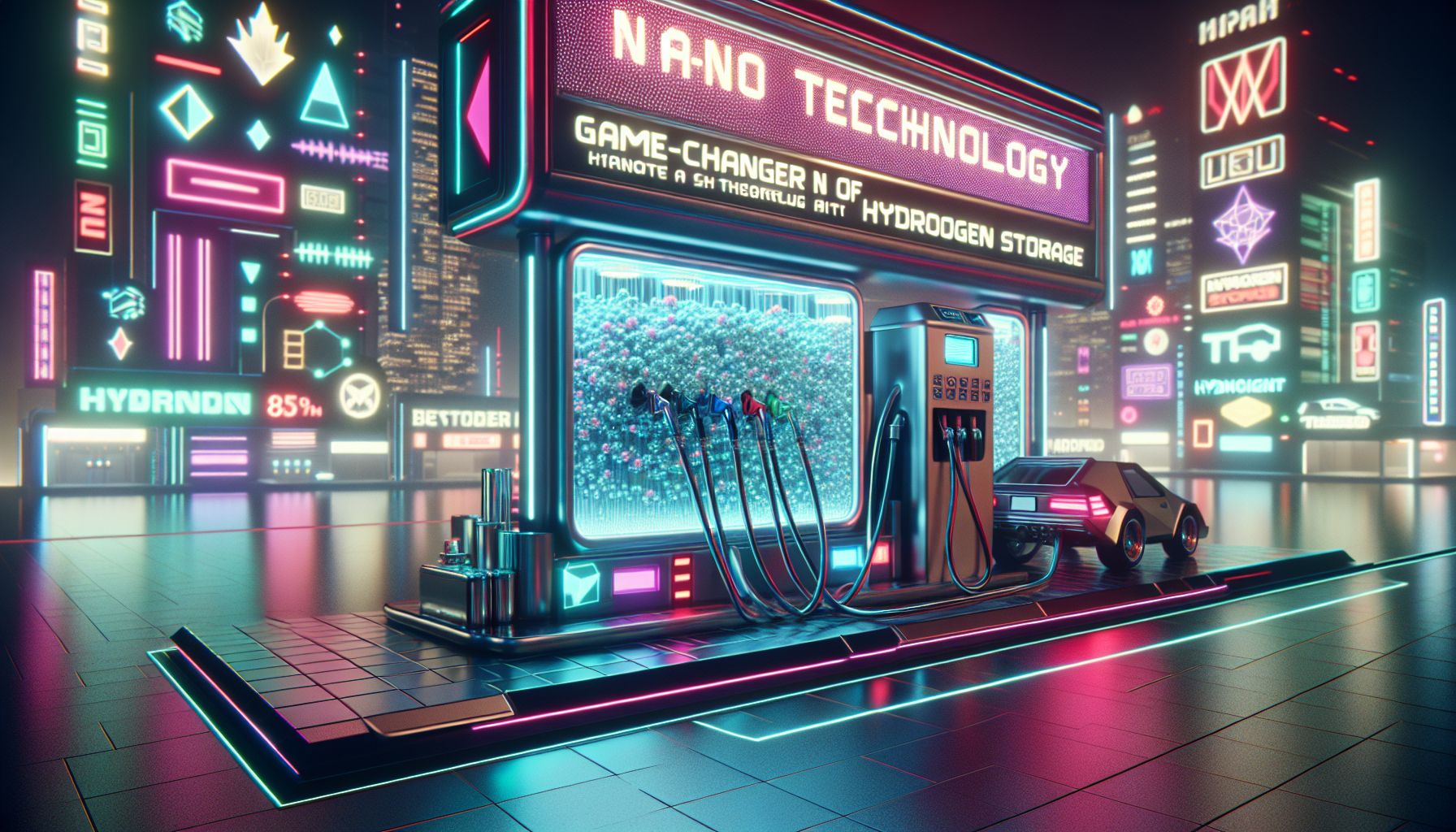Nano-Revolution: Canada's Hydrogen Storage Game-Changer

Vancouver, Sunday, 3 November 2024.
I’ve stumbled upon something huge! A Canadian firm, Hydrogen In Motion, has cracked the code on solid-state hydrogen storage. Their new nanomaterial could be the key to unlocking hydrogen’s full potential as a clean energy source. Imagine refuelling your car with hydrogen as easily as you pump petrol today. This breakthrough might just rewrite our energy future!
The Science Behind the Breakthrough
So, what makes this nanomaterial so special? Picture a sponge but on a molecular level, soaking up hydrogen and holding it tight. This is the magic of nanotechnology at work. Hydrogen In Motion, often called H2M, has developed a material that can store hydrogen in a solid state, which is a big deal. Unlike traditional methods, which rely on high-pressure tanks, this new approach is safer and more efficient.
Implications for Clean Energy
With this advancement, we’re not just talking about a new way to store energy. We’re looking at a potential shift in how we power everything, from cars to entire cities. The portability and safety of H2M’s hydrogen storage solutions mean they could be used in a variety of applications, from extending the range of drones to providing grid-scale energy storage for renewable power sources like solar and wind. This is a big leap towards a cleaner, more sustainable energy future[1].
Challenges and Criticisms
Of course, it’s not all rainbows and butterflies. Hydrogen technology faces hurdles, especially when it comes to infrastructure. Building a network of hydrogen refuelling stations is costly and time-consuming. Critics point out that without significant investment in infrastructure, hydrogen cars might remain a niche market. It’s a bit of a chicken and egg situation—what comes first, the hydrogen cars or the stations to fuel them[2]?
A Future Fueled by Hydrogen
Despite these challenges, the promise of hydrogen is undeniable. Companies like Toyota are betting big on this technology, as seen with their hydrogen-powered Mirai. Toyota’s recent breakthrough in hydrogen storage using a similar nanomaterial shows that Hydrogen In Motion isn’t alone in this race[3]. This collective effort could usher in an era where hydrogen is as commonplace as electricity, powering our lives in ways we’ve only dreamt of.
The Road Ahead
As I ponder the road ahead, I can’t help but feel optimistic. If we can overcome the current challenges, the benefits are immense. Lower emissions, sustainable energy, and a potential end to our reliance on fossil fuels. It’s a future worth striving for, and with innovations like those from Hydrogen In Motion, that future feels a little closer today.